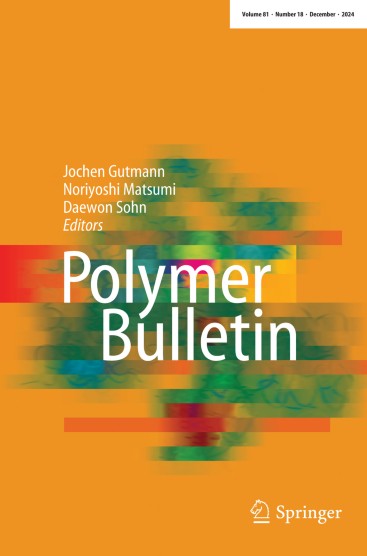Oil palm empty fruit bunch reinforced laminated composites: effect of different recycled plastic and matrix composition
Abstract
Natural fiber-reinforced polymer composites (NFRPCs) have been widely used in many applications due to their sustainable nature and potential to replace traditional synthetic polymer composites. This study aims to produce NFRPCs using recycled polypropylene (rPP) and recycled high-density polyethylene (rHDPE) and natural oil palm empty fruit bunch (OPEFB). Different matrix compositions were used to produce NFRPCs (rPP, rHDPE, and the blend of rPP/rHDPE (25:75, 50:50, 75:25)) with OPEFB as reinforcement using the compression method. Thermal stability and melt flow index analysis were used to observe the performance of the recycled plastic and the blends. Three-point bending and horizontal burning tests were employed to evaluate the composite samplesʼ flexural properties and fire-resistant behavior, respectively. The results indicated that recycled rPP/rHDPE blends show higher MFI if compared to pure rPP and rHDPE. The thermal stability and degradation temperature of the rHDPE matrix are higher compared to those of rPP and rPP/rHDPE blends due to rHDPE having long-linear branching with stronger intermolecular forces. NFRPCs composite with rPP matrix shows the highest flexural strength with 48.43 MPa; however, the rPP composites exhibit the highest burning rate of 19.81 mm/min. The composite fracture surface revealed predominant delamination between fiber layers and matrix.

 求助内容:
求助内容: 应助结果提醒方式:
应助结果提醒方式:


